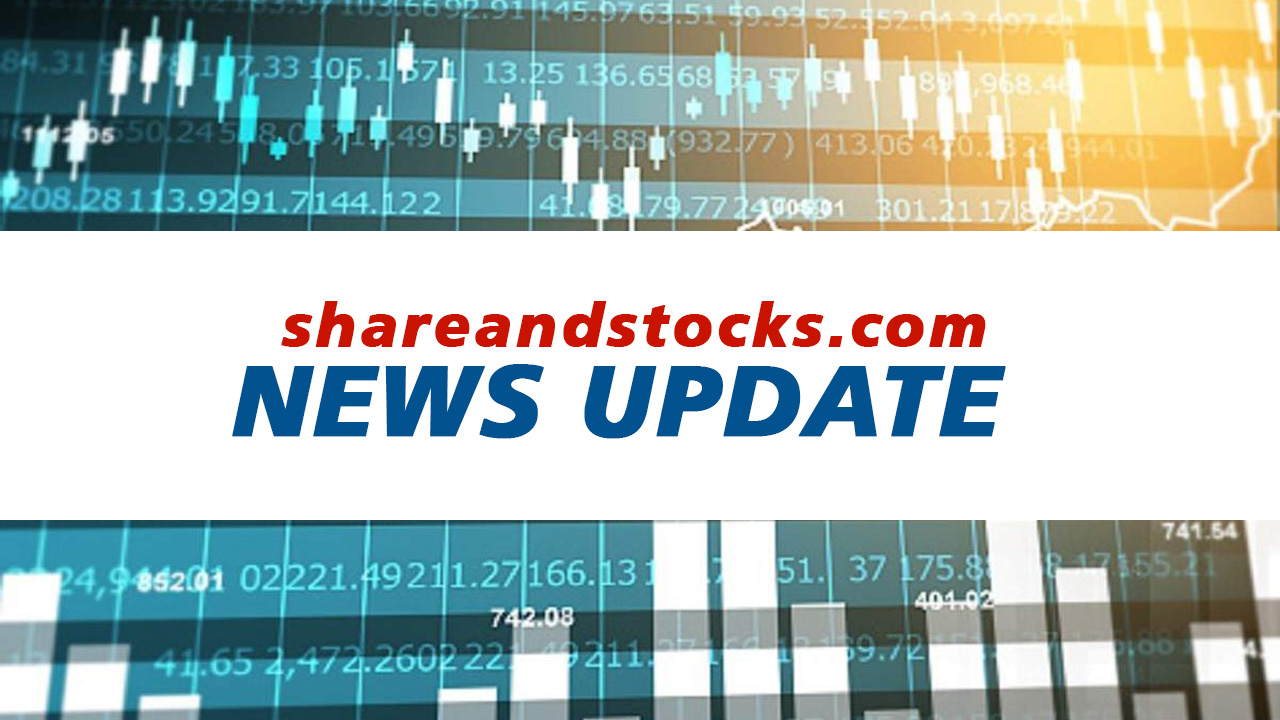Ping An Bank: Let the good times roll
■ 1Q21’s net profit growth before payment of preference share dividends and perpetual bond interest expense rebounded to 18.5% yoy (FY20: 2.6% yoy).
This is the strongest growth yoy in 1Q since 2014 and we believe 1Q21 marks the return to normality for banks’ net profit growth.
■ Key asset quality metrics improved. This eases the significant asset quality concerns of investors following the trade war and the pandemic.
■ Reiterate Add rating. TP raised to Rmb27.40 as we reduce the asset quality valuation discount in our stress-test adjusted GGM. 1Q21F marks the return to normality for net profit growth 1Q21’s net profit growth before payment of preference share dividends and perpetual bond interest expense rebounded to 18.5% yoy, which is a marked improvement from FY20’s 2.6% yoy.
It is the strongest growth yoy for 1Q since 2014 (1Q14: 40.8% yoy, Fig 1). We believe 1Q21 marks the return to normality for banks’ net profit growth. After the payment of preference share dividends and perpetual bond interest expense, net profit growth was 5.6% yoy, with 1Q21 comprising 25% of our FY21F forecast. What we liked about the results
(i) Asset quality metrics continued to improve and are consistent with our thesis that asset quality improvements can drive bank sector outperformance further (see May the force continue to be with you, dated 14 Apr 2021). 1Q21 non-performing loans (NPL) fell 3% qoq, while the NPL ratio fell 8bp qoq to 1.1%. 1Q21 special mention loan ratio fell 5bp qoq to 1.06%. 1Q21 ratio of loans that are more than 90 days overdue fell 2bp qoq to 0.86%, while the ratio of loans that are more than 60 days overdue fell 11bp qoq to 0.97%;
(ii) 1Q21 provisioning coverage ratio improved further, up 44%-pts qoq to 245%, while 1Q21 loan loss reserve ratio rose 32bp qoq to 2.69%. What we did not like about the results
(i) 1Q21 core Tier 1 ratio was 8.67%, down 2bp qoq and still one of the lowest of the banks under our coverage. This historically has been one of our key concerns (see Clearing the decks dated 2 Feb 2021), especially given upcoming stricter capital requirements for mid-sized banks like Ping An Bank;
(ii) 1Q21 ratio of risk weighted assets to total assets was 71.4%, up 85bp qoq and a record high;
(iii) 1Q21 loan to deposit ratio was 100.5%, up 1.6%-pts qoq; (iv) 1Q21 net interest margins (NIM) was 2.87%, down 1bp qoq. Reiterate Add; TP raised to Rmb27.4 from Rmb26 We value PAB using a stress-test adjusted GGM, with our higher TP driven by a lower asset quality valuation discount as we lower the ‘stressed’ NPL ratio assumption within our stress test, given the improving asset quality trends (see pg 2-4). Potential re-rating catalysts: better asset quality and ROE.
Key downside risks: another wave of Covid-19 and stricter regulations.
Valuation and risks We value PAB using a stress-test-adjusted Gordon Growth Model (GGM). This stress-test-adjusted GGM explicitly takes into account investors’ lack of faith in China banks’ book values and concerns that worsening asset quality and rising shadow banking exposure could erode book values, with certain banks possibly needing to raise capital, as well as investors’ concerns over illiquidity issues at smaller banks.
We categorise the loan portfolio into three segments, namely mortgages, nonmortgage consumer and corporate. For each segment, we stress test each bank’s loan portfolio by using the following three ‘stressed’ NPL ratios – 9% for corporate (reduced by 1% pt from 10%), 1.5% for mortgages (unchanged) and 3% for non-mortgage consumer loans (unchanged).
We cut our assumptions for a ‘stressed’ corporate NPL ratio by 100bp as we believe the asset quality relating to corporate loans in the banking system has improved, with the data disclosed by PAB at its FY20 results and 1Q21 results supporting such a conclusion.
Our stress test is run using FY19 loan exposures, wealth management exposures, as well as provisioning and capital buffers (as not all banks have disclosed detailed FY20 numbers yet). This stress-test-adjusted Gordon Growth Model (GGM) valuation methodology was first adopted in our report The stars are slowly starting to align dated 17 Jun 2016. We list in Fig 2 our key assumptions used in the stress test.
Our asset quality and investor compensation valuation discount is derived from a stress test of the listed banks under our coverage, for which we assume a ‘stressed’ corporate NPL ratio of 9% (previously 10%), a ‘stressed’ NPL ratio of 1.5% for mortgages (unchanged) and a ‘stressed’ NPL ratio of 3% (unchanged) for non-mortgage consumer loans.
Ping An Bank: Our key valuation assumptions are a COE of 9.1% (unchanged), a sustainable growth (g) assumption of 3% (unchanged), an initial sustainable ROE assumption of 13.1% (unchanged) based on FY23F ROE and an asset quality and investor compensation valuation discount of 31% (previously 35%) (Fig 3).
-CIMB Bank Research

